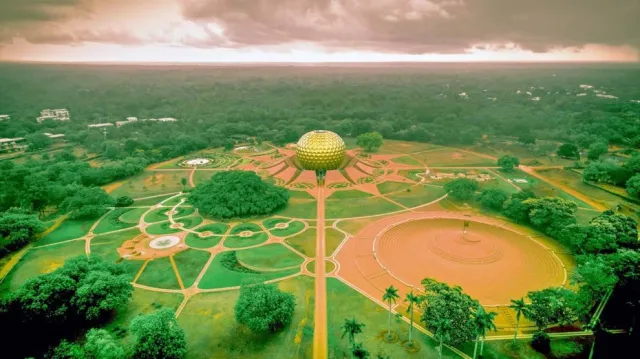Now Reading: The Rise of Eco-Villages in South India
-
01
The Rise of Eco-Villages in South India
The Rise of Eco-Villages in South India

Across South India, a quiet shift is taking place as eco-villages gain popularity among people seeking sustainable ways of living. Built around principles of community living, organic farming, and renewable energy, these villages are emerging as examples of how modern life can adapt to environmental concerns. From Kerala to Tamil Nadu, eco-villages are offering not just homes but also a lifestyle rooted in balance with nature.
A Lifestyle Beyond Concrete Cities
For many families and young professionals, eco-villages are seen as an alternative to urban stress. Instead of crowded apartments, residents live in mud houses or cottages built with natural materials. Daily life revolves around farming, water conservation, and collective decision-making. The goal is not just comfort, but a way of living that reduces dependence on modern consumption patterns.
Role of Agriculture and Self-Sufficiency
Most eco-villages rely heavily on organic farming. From rice fields in Tamil Nadu to spice plantations in Kerala, residents grow their own food using chemical-free methods. This focus on self-sufficiency has created small but strong local economies. For many, it also provides a sense of security, as they are less dependent on outside markets for essential needs.
Attracting Urban Migrants and Tourists
Interestingly, many eco-villages are attracting people from Tier 2 cities such as Coimbatore, Madurai, and Mysuru. Some settle permanently, while others visit as part of eco-tourism. Visitors often participate in farming, cooking, and community activities, which has helped spread awareness about sustainable practices. For city dwellers, these villages act as a reminder of traditions that are slowly fading away.
Balancing Tradition and Modern Needs
While the idea is rooted in age-old rural practices, eco-villages are not cut off from technology. Many use solar panels, biogas plants, and rainwater harvesting systems. This mix of old and new helps them balance environmental goals with modern comforts, making the lifestyle more appealing to younger generations.
A Step Towards Sustainable Futures
The rise of eco-villages in South India reflects a growing awareness about climate change, food security, and the need for alternative lifestyles. While not everyone can move into such communities, their existence shows that sustainable living is possible when communities come together with shared values. For Tier 2 cities nearby, eco-villages serve as learning models that could inspire future urban planning.

























